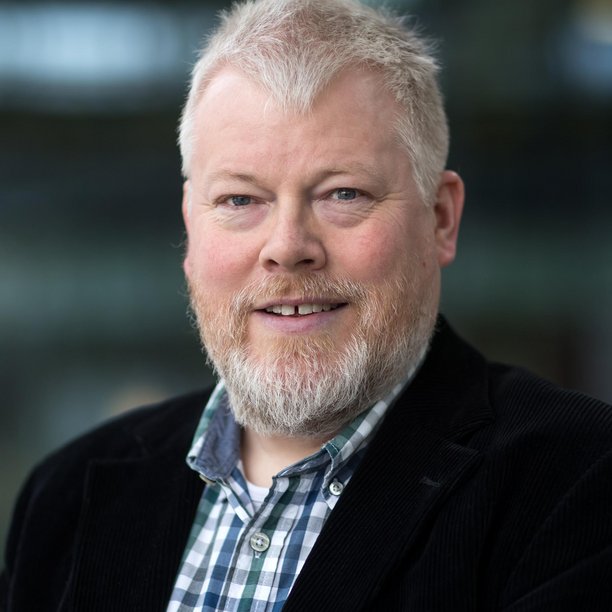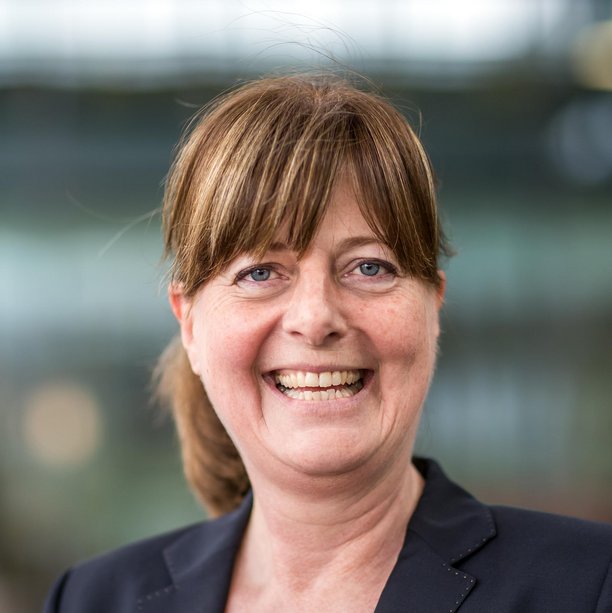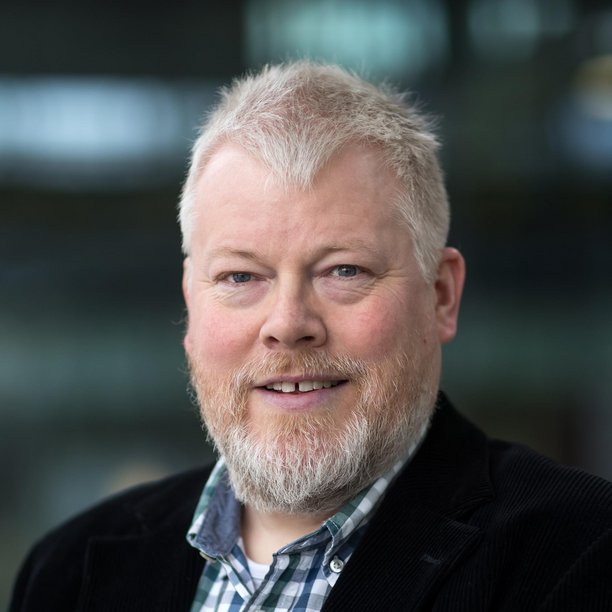Plasma assisted contamination control for ultra-clean vacuum systems
A dual PhD project to develop a new type of wafer transfer robot in combination with an active plasma seal to allow robot to work in ultra-clean environments. PhD candidates, Rick Baade and Boy van Minderhout work respectively in the Mechanical Engineering and Applied Physics department and collectively execute research for a new type of reliable and clean robot manipulator for semiconductor equipment.
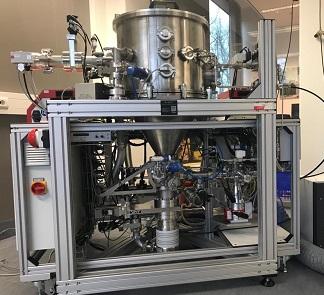
PhD research 'Design, realization and testing of an in-vacuum substrate handling robot'
This research is geared to the design, realization and testing of an in-vacuum substrate handling robot. These robots usually have three degrees of freedom in cylindrical coordinates, namely R ϕ and Z, an example of which is shown in figure 1. Focusing on contamination control, minimizing particle and molecular contamination while maintaining a low moving mass and high availability, this project is executed in collaboration with VDL-ETG." Read more...
PhD research 'Plasma assisted contamination control for ultra-clean vacuum systems'
For many high-tech applications such as high precision production, lithography, electron microscopy and nuclear fusion, nano- to micrometer sized particle contamination is becoming an increasingly significant problem. Not only can particles contaminate delicate surfaces, also gas flows can be polluted by them. Both kinds of particle contamination can be controlled using ionized gases, named plasmas. Read more...
AgriFoodTech – Plasma4Hygiene
Cold atmospheric plasma is an innovative technology that can be applied for the mild sterilization of perishable surfaces (including food), serving as an alternative to established methods based on heat or chemicals. Wageningen Food & Biobased Research, Eindhoven University of Technology and consortium partners have started a public-private project to accelerate the innovation process of plasma technology. The aim is to develop a number of successful plasma product applications that can serve as showcases for the broad range of potential applications of plasma-based sterilization systems in the food industry.
ACCESS (Advanced Contamination Control for Equipment and substrates)
The goal of this project is to create two PhD candidates from the Applied Physics departments and two PhD candidates from Mechanical Engineering departments in the field of contamination control. These will be under the supervision of Ton Peijnenburg. With constantly increasing requirements on accuracy, productivity and yield, high-end manufacturing equipment has to support increasing levels of cleanliness. Sensitivity for particle, molecular and ionic contamination of advanced processes like semiconductor photolithography and electron microscopy increases with the capability for finer details and higher magnifications. The achievable cleanliness of equipment depends on the one hand on specific product design decisions and on the other hand on tight cleanliness control of parts manufacturing, assembly and integration processes. The purpose of this project is to deepen our fundamental understanding of the generation, transport and removal of particle contamination. The scale is determined by levels where the contamination affects processing of current and next generation semiconductor devices or various kinds of analysis such as electron microscopy, mass spectrometry, spectroscopy etc.
The project is designed to be executed by 3 PhD candidates in combination with 6 PDEng trainees, such that fundamental research activities can be combined with application driven validation measurements and prototypes.
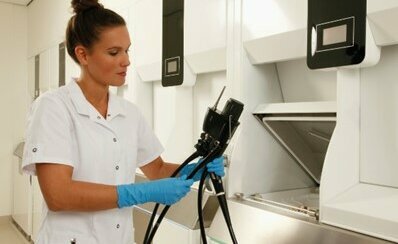
Disinfection. Water, Air and Spray. Purification and Dispersion.
Disinfection is important for the health and safety of human beings. Society poses questions about cleanliness, removal of bacteria and viruses, the human skin, and surfaces. After Disinfection follows a cleaning rinse, for which water needs to be purified, and also for drying the air needs to be free of micro-organisms. This asks for more knowledge about the disinfection process. The company Wassenburg Medical BV partners with research groups from Applied Physics and Electrical Engineering, with two PhD projects and two EngD design projects.
Next to this, dispensers are needed for sprays. With new developments for body spray for the human skins, new requirements coming from the viscosity of the formulations have to be met. This asks for modelling of sprays for the development of nozzles. AFA Dispensing BV is the partner who participates with one EngD design project. Sensiks BV participates with an application, which concerns cleaning of multisensory wellness cabines.
